#Carolingian
Explore tagged Tumblr posts
Text

Carved ivory book cover, Carolingian, 9th century
from The British Museum
518 notes
·
View notes
Text

Charlemagne anxiously observes the approach of ships carrying Norman raiders by Alphonse de Neuville
#alphonse de neuville#art#charlemagne#normans#raiders#francia#france#paris#french#vikings#viking#franks#frankish#germanic#carolingian#history#medieval#middle ages#europe#european#viking age#mediaeval#norman#pirates#marauders#raid#holy roman empire#holy roman emperor#françois guizot#carolingian empire
321 notes
·
View notes
Text
Cabochon finger ring

This stunning finger ring is decorated with dark glass paste, rather than a semi-precious stone. The simplicity of the ring indicates that it is Carolingian rather than Merovingian. The Carolingians embraced Catholicism on a much broader scale with the top-down process of baptism/religious conversion having reached the middle and even some of the lower classes.
This results in more minimalistic dress. Jewelry becomes very minimal and brooches that were included into ones appearance were once again reduced to their functional level. A finger ring like this does not proof that the wearer was in fact no longer pagan, but it does show that the wearer followed the fashion of the (Catholic) elite. Wearing finger rings also indicates that the wearer performed little to no physical labour as it risks damaging the jewel and it is also a means to show your wellbeing to the world.
The metropolitan museum of art, New York City - United States of America
Museum nr. 17.192.217
Found in Northern France (7th century)
#archaeology#carolingian#charlemagne#field archaeology#viking archaeology#viking mythology#merovingian#merovingian archaeology#frankish#germanic mythology#norse mythology#anglo saxon#viking#field archaeologist#frisian#odin#vikings#germanic#germanic folklore#germanic archaeology#wodan#anglo saxon archaeology#history#jewelry#norse#pagan tumblr#pagan
157 notes
·
View notes
Text



Palatine Chapel in the Aachener Dom, Aachen
It was built between 792 and 805 under Charlemagne. The building combined elements of Classical, Byzantine and Pre-Romanesque architecture. The architect was Odo of Metz.
#aachen#charlemagne#architecture#history#germany#deutschland#carolingian#early medieval#9th century#travel#travel photography#photography#photographers on tumblr#wanderlust#destinations#sightseeing#architecture photography#art#archaeology#artifacts
59 notes
·
View notes
Text
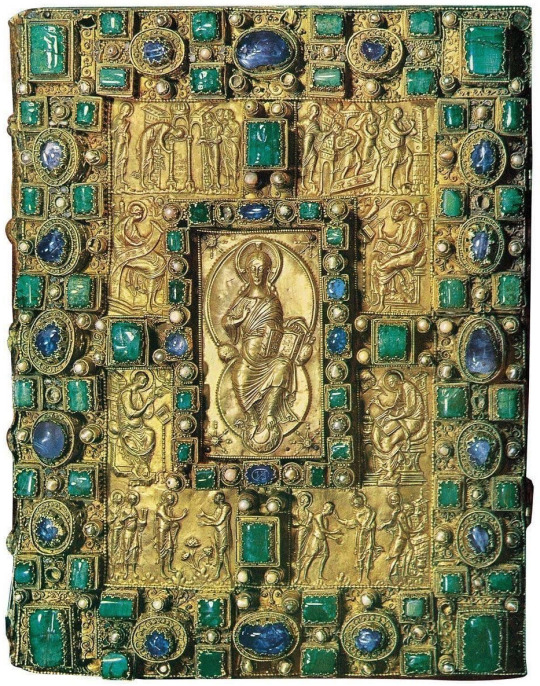
CODEX AUREUS OF ST. EMMERAM
The illuminated gospel book, made in 870 for the Holy Roman Emperor Charles II. An important example of Carolingian art, it features a handmade relief cover in gold, decorated by sapphires, emeralds, and pearls.
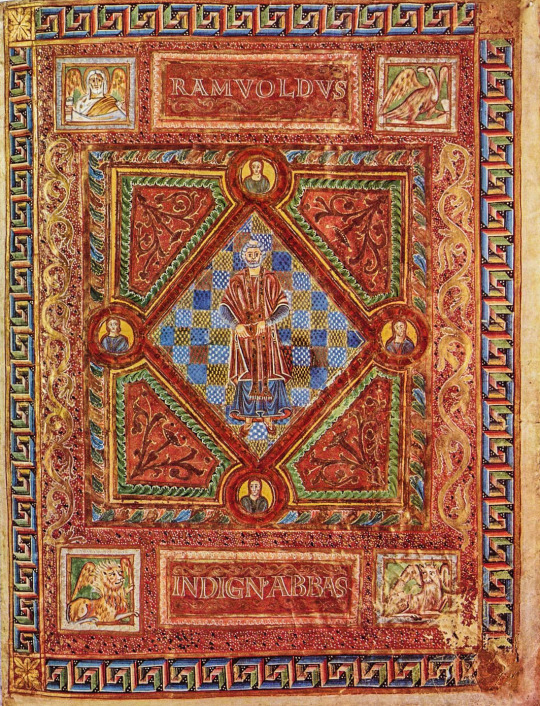
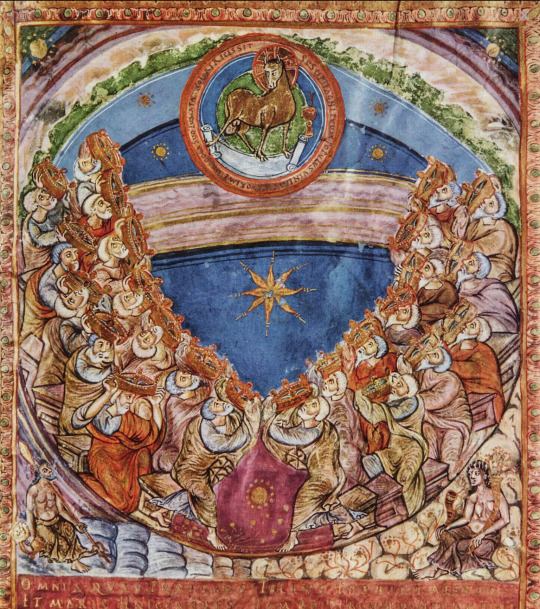
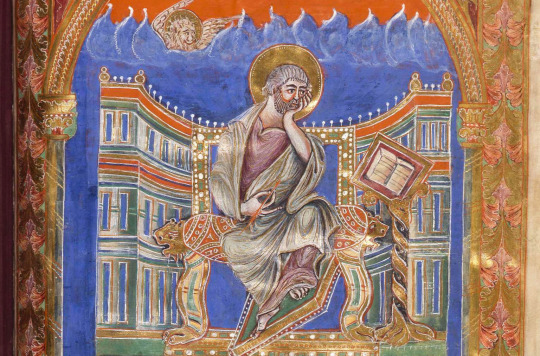


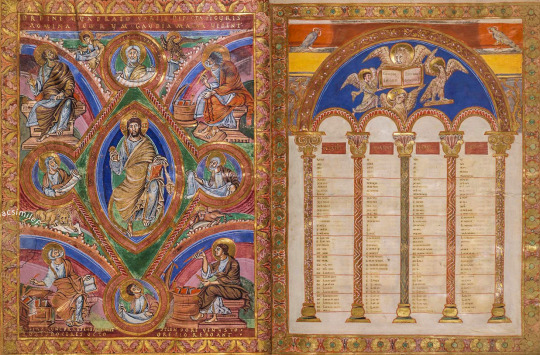
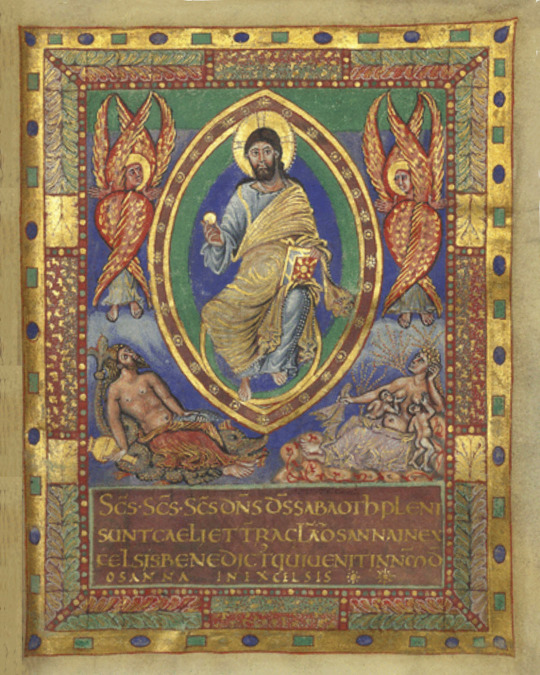
source
#beautiful books#book blog#books books books#book cover#books#old books#holy roman emperor#holy roman empire#incunabula#jeweled#illuminated manuscript#book binding#book design#treasure binding#christian bible#new testament#codex#carolingian
605 notes
·
View notes
Text
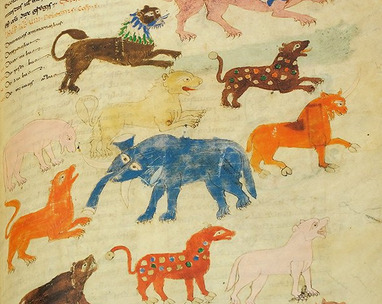
Feeling blue? 1000 years before the blue elephant emoji was added to phones, some Italian monks drew this elephant and friends in a manuscript for Abbot Theobald of Monte Cassino. Monte Cassino was an important monastery and home to St Benedict whose rule is the basis for the Benedictine Order of monks and nuns that still exists today.
This manuscript contains an abbreviation of Hrabanus Maurus's De Rerum Naturis (On the Natures of Things). Hrabanus Maurus (d. 856) was archbishop of Mainz. In addition to encyclodpedia-like works sucha as De Rerum Naturis, he wrote Biblical commentaries, grammars, teaching texts and poems with complex palindromes. He wrote so much that his surviving writings fill about 6 modern type-set volumes.
Materials: parchment, pigments, ink Contents: Hrabanus Maurus, De Rerum Naturis Date: 1022-1032 Now Archivio dell'Abbazia, Montecassino, MS 132 (image from a facsimile)
87 notes
·
View notes
Text

#my work#ecclesiastes#scripture#paleography#tironian nota#tironian notation#bible#english#handwriting#study#carolingian#new king james#nkjv#kjv
21 notes
·
View notes
Text
'My sister had been wounded by a party of Saracens who had come upon her without a helmet, so she had been obliged to cut her long tresses if her dangerous head-wound was to heal. Now recently she happened to be travelling through these woods, her head shorn as I have said. / On her way she came to a shady spring, and, being weary and dejected, she dismounted, took off her helmet and fell asleep in the tender grass. (I don't believe there can be a story more beautiful than this one.) Who should come upon her but the Spanish Princess Fiordispina, who had come into the woods to hunt. / When she saw my sister clad in armour all except her face, and with a sword in place of a distaff, she imagined she was looking at a knight. After gazing awhile at her face and her manly build she felt her heart stolen. So she invited my sister to join the hunt, and ended by eluding her retinue and disappearing with her among the shady boughs. / 'Once she had brought her into a solitary place where she felt unlikely to be disturbed, little by little, by words and gestures she revealed that she was love-struck. With burning desire and fiery sighs she showed how consumed she was with desire. She paled and blushed and, summoning her courage, gave her a kiss.
Orlando Furioso by Ludovico Ariosto, English prose translation by Guido Waldman
#orlando furioso#italian literature#renaissance literature#chivalric romance#carolingian#(I don't believe there can be a story more beautiful than this one.)#Orlando Furioso is great but I find the parts focused on Bradamante particularly charming... I love her and Ruggiero and Marfisa.#Very interesting stuff.
27 notes
·
View notes
Text

Sword FIGHT!!
Model: Me.
Photographer: The Remote Camera Trigger.
If you want to help support me and get awesome stuff like early access/polls & pose requests Become A Patron or you can check out my Ko-Fi store for exclusive stock!
Read My Rules Before You Use My Stock.
#Creative Commons#CreativeCommons#FreeStock Images#human anatomy#anatomyreference#Reference Image#Reference Photo#Reference Photos#anatomy#anatomy reference#Sword#Carolingian#Carolingian sword#Warrior
29 notes
·
View notes
Text

Louis the German (806/10-876). Illustration from "Die Deutschen Kaiser" by Max Barack (Julius Hoffmann, Stuttgart, c.1873).
#louis the german#louis ii of germany#king of east francia#frankish empire#kingdom of germany#god save the king#long live the king#regnum teutonicum#german empire#holy roman empire#heiliges römisches reich#carolingian#carolingian dynasty#ludwig der deutsche#full length portrait#karolinger#full-length portrait#julius hoffman#illustration#die deutschen kaiser#kaiser#deutschland#germany#max barack#kaisersaal
18 notes
·
View notes
Text

Hildegarde bids farewell to Charlemagne, who is about to go off to war.
O was es ein Umarmen,
Was da ein Küssen gab!
Es rannen ihre Thränen
Auf seine Brust herab.
Sie küßt’ ihn immer wieder,
Sie ließ ihn nimmer los,
Es war ihr Leid unsäglich,
Wie ihre Liebe so groß.
#fanart#frankish#historical fanart#carolingian#charlemagne#commission art#history#history figure#illustration#karl der grosse#digital drawing#digital art#digital illustration#digital painting#Hildegard#medieval#middle ages
14 notes
·
View notes
Text
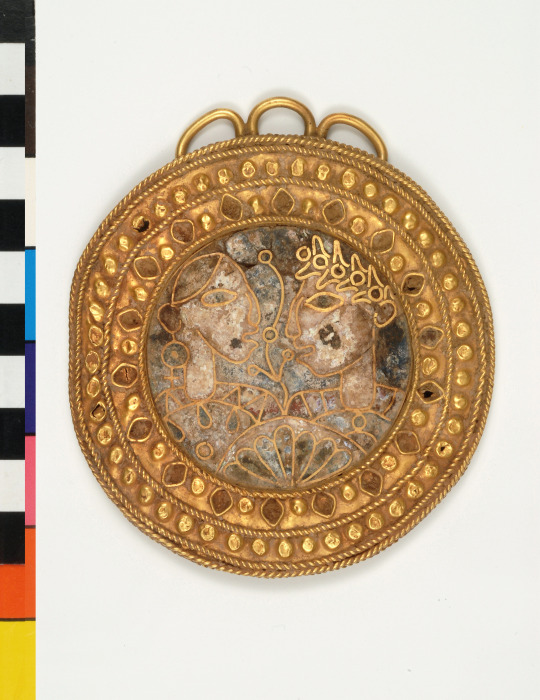
Gold brooch with enamel bust, Carolingian, 8th century AD
from Dumbarton Oaks
206 notes
·
View notes
Text

Carolingian Child King by Jean-Paul Laurens
#jean paul laurens#art#carolingian#king#frankish#franks#carolingian empire#nobility#royalty#french#france#francia#gaul#germanic#ancien régime#medieval#middle ages#history#europe#european#royal#sceptre#throne#crown#monarch#monarchy#regal#christian#christianity#christendom
253 notes
·
View notes
Text
The Langobards

The Langobards/Lombards/Longobards are an Italic-Germanic tribe with origins in southern Scandinavia around the first centuries B.C. and A.D.
Their steady migration southward can be retraced by archaeological artifacts, which show their Scandinavian origin.
Their early connections to (the geographical city of) Rome made them very influential in the Western Roman world; on financial, military, religious but also law practice and kingship levels.
The Lombards were quickly christened and were the founding fathers of many religious institutions in northern Italy, ruled Italy, and adapted/adopted Roman Law, making for a culturally rich period. Their capital Pavia is located in the Italian province of Lombardy, named after, you guessed it.
It has to be said (it sounds like a fake fact but it is not) that their name means “Long Beards”. In many European languages the descriptive name can be heard in “Langobard” also written as “Longobard”.
Image:
Langobardic radiate headed bow brooch
Found in: Chiusi - Tuscany, Italy
#frankish#merovingian#viking archaeology#archaeology#carolingian#charlemagne#field archaeology#viking mythology#merovingian archaeology#germanic mythology#lombards#Lombardi#lombardia#Lombardic#longobardi#Langobards#norse mythology#anglo saxon#field archaeologist#viking#frisian#odin#vikings#germanic#germanic folklore#germanic archaeology#wodan#anglo saxon archaeology#history#jewelry
198 notes
·
View notes
Text

Comb, made in Metz, ca. 875
From the Victoria and Albert Museum
28 notes
·
View notes
Text





Impressions of an early medieval farmstead Pics taken in Lauresham, which is an open-air laboratory for experimental archeology in Lorsch, Germany - and the absolute best workplace of all time
#middle ages#carolingian#frankish#Lorsch#lauresham#draught ox#cettle#autumn#wool dyeing#craftsmanship#medieval kitchen#800s#grubenhaus
18 notes
·
View notes